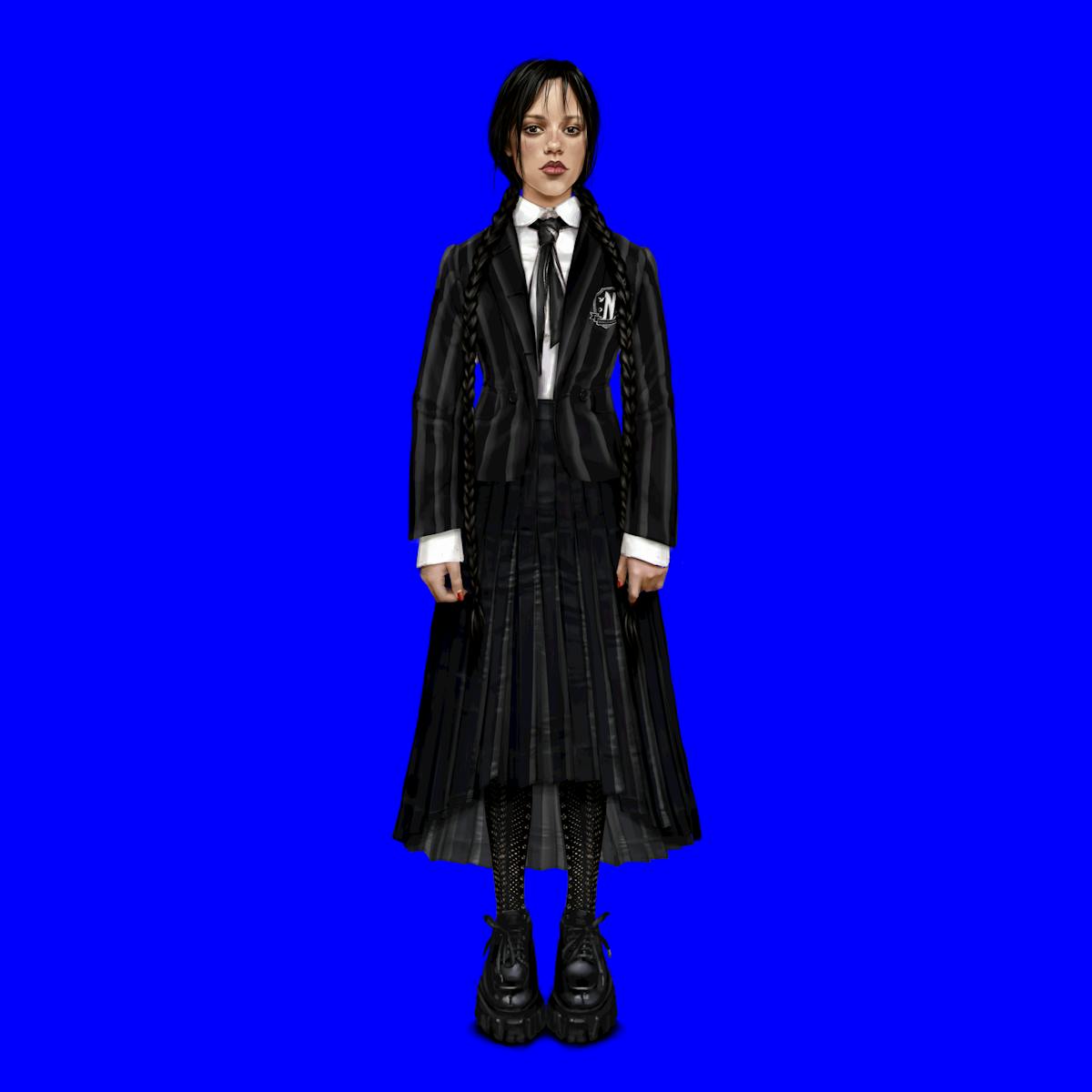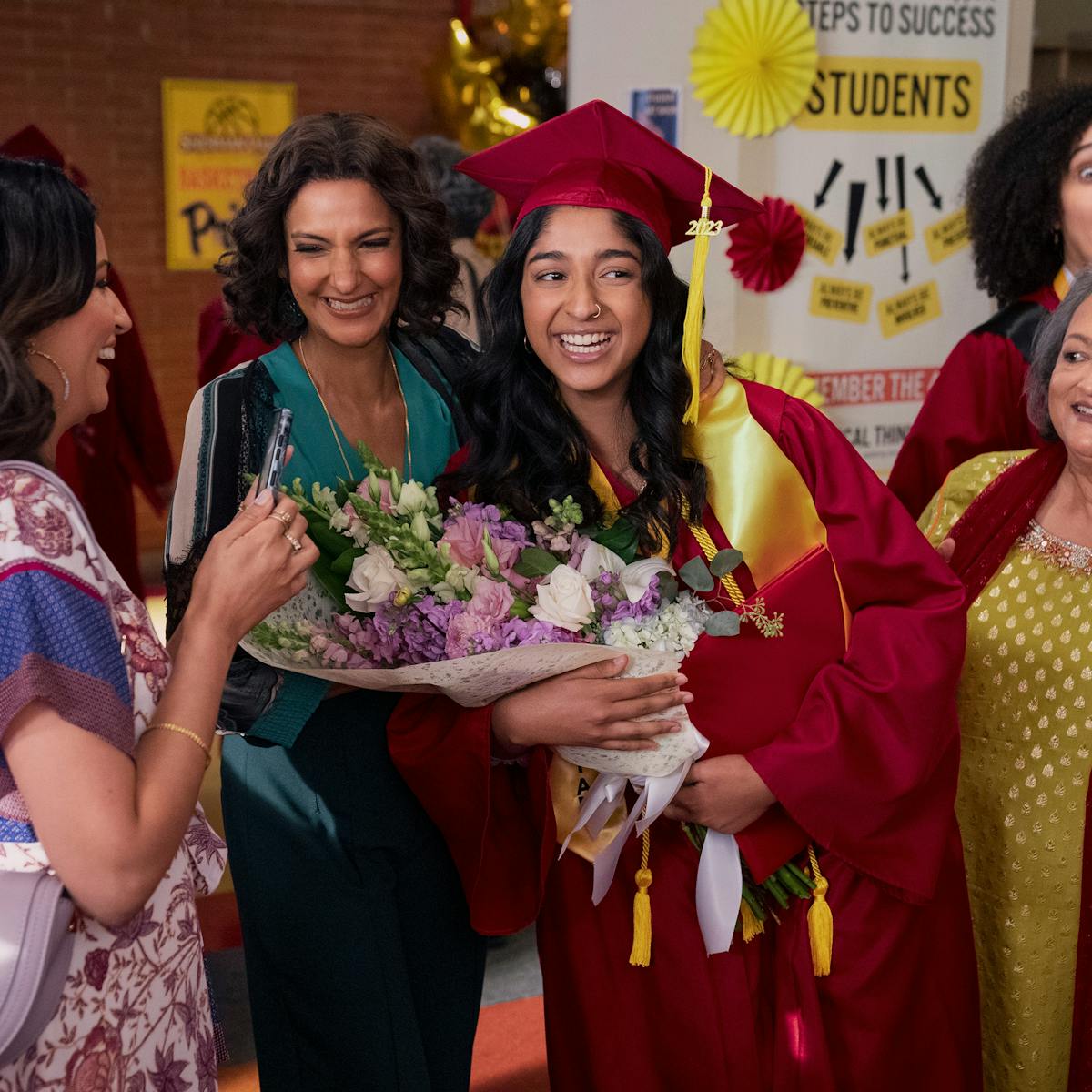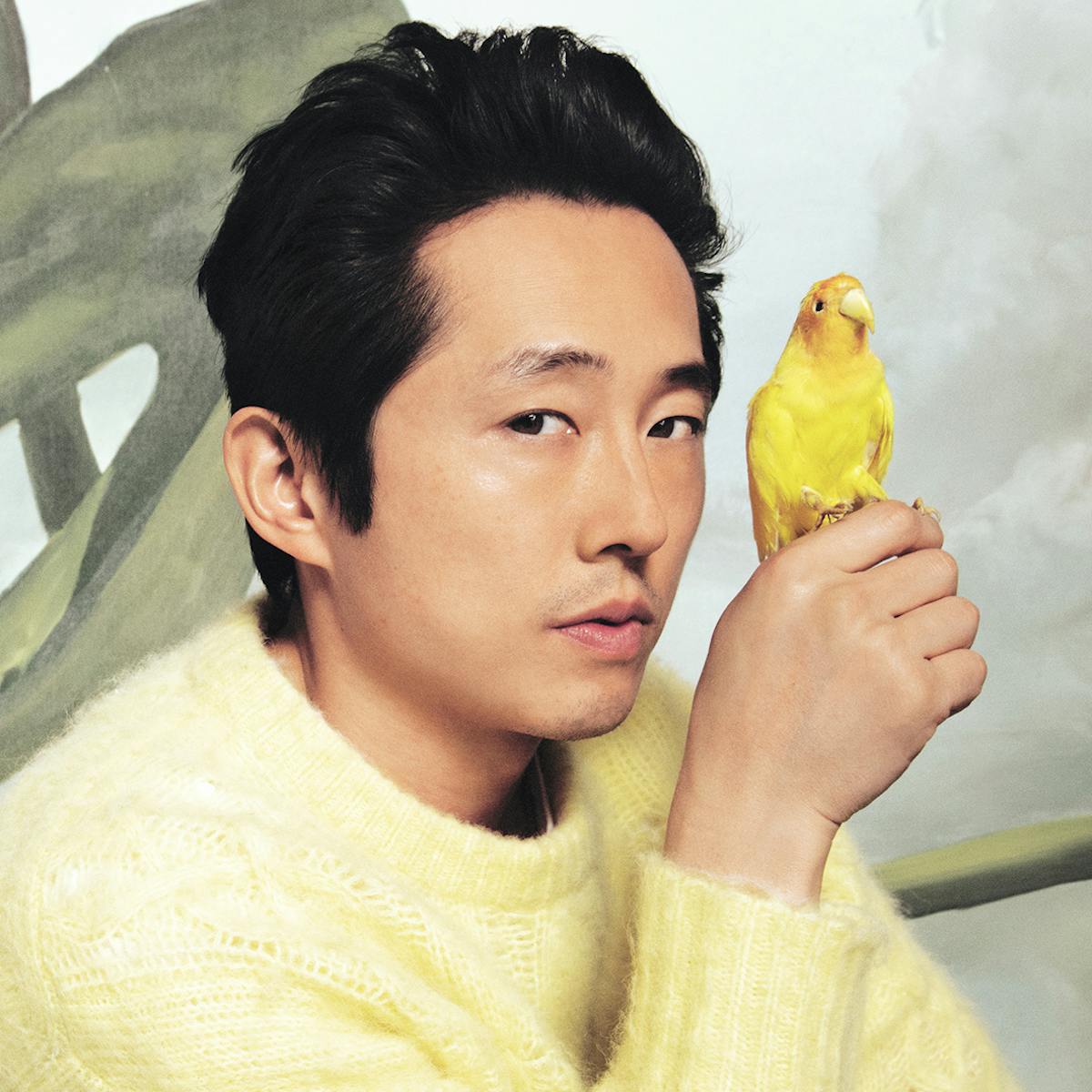The Emmy-nominated costume designer outfits the beloved franchise’s prequel.
Costume designer Lucinda Wright has done it all: She’s worked in both film and television, designing costumes for biopics (2009’s Enid, starring Helena Bonham Carter), period detective dramas (2015-2017’s Maigret), and high-profile literary adaptations (2018’s Vanity Fair) — not to mention the first season of the BBC’s Doctor Who reboot, featuring Christopher Eccleston as the titular Time Lord. She’s also earned a slew of recognition, including BAFTA nominations for her work on Fanny Hill (2008), Miss Marie Lloyd (2008), and The Suspicions of Mr Whicher (2014).
This range of experience primed Wright for the singular sartorial world of The Witcher. The beloved fantasy series, based on the books by Andrzej Sapkowski, follows Geralt of Rivia (Henry Cavill) and Princess Cirilla (Freya Allan) as they navigate the fictional Continent, a world of magic, good, and evil. Wright joined the team for the show’s second season, which dominated Netflix’s television charts with 462.5 million hours of view time in the first 28 days of its release. The designer’s costumes are just one of the many reasons the epic has earned a cult-like following and critical acclaim, including three Emmy nominations — one of which honors Wright’s work — a Costume Designer Guild Award nomination, and two BAFTA wins.
Wright returned to the franchise for its prequel The Witcher: Blood Origin, which was created by showrunner Declan de Barra and executive producer Lauren Schmidt Hissrich. The latest installment takes place more than one thousand years before The Witcher’s first two seasons. “It has a very European influence mixed with distant lands,” Wright says of how she approached the look and feel of the prequel. “The colors are incredibly vibrant, and the textures and fabrics are a huge contrast to what you see in The Witcher: leathers and rough fabrics.”
While The Witcher: Blood Origin, which has earned Wright her second Costume Designer Award nomination, maintains the same vast scale of adventure as the first seasons, it also introduces a few new faces. “Although we are going backward, in my eyes we are [also] going forward,” says Wright.






